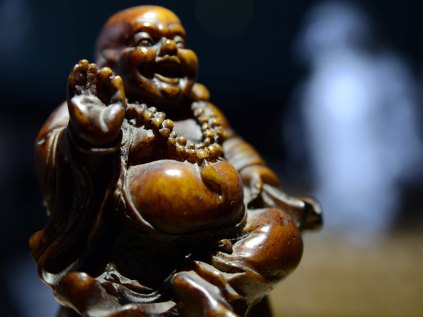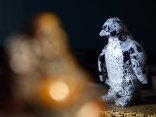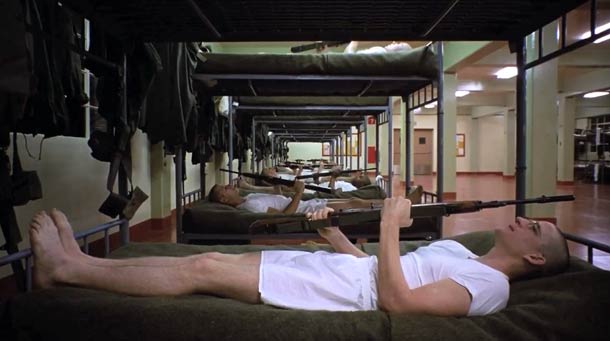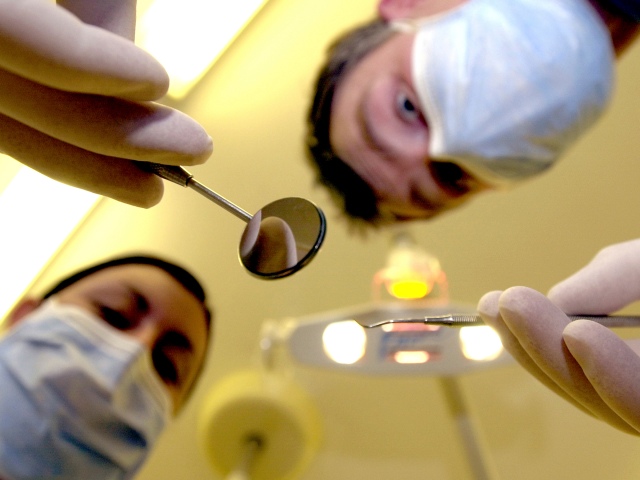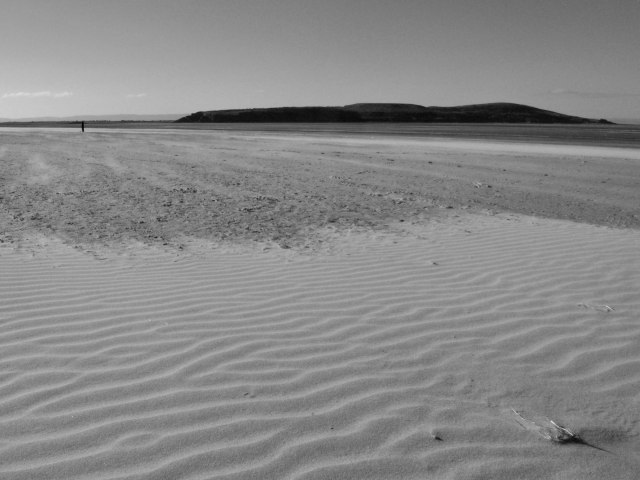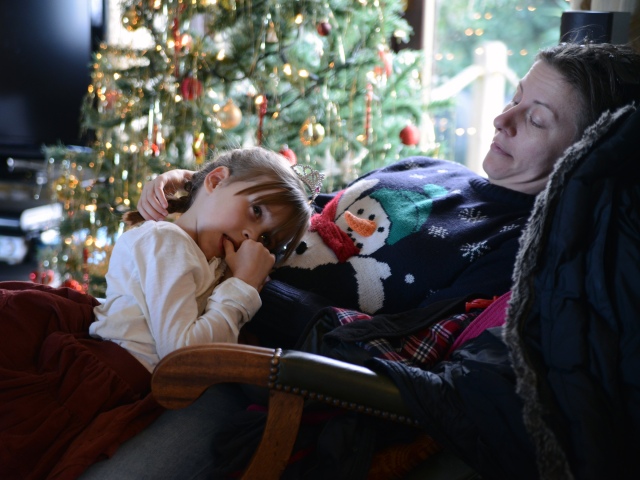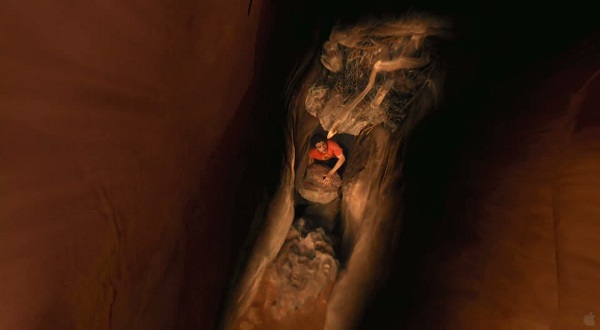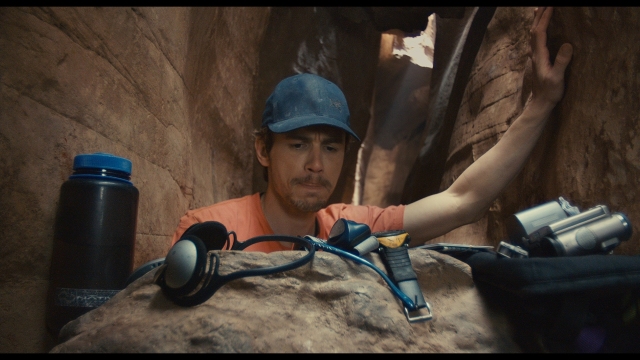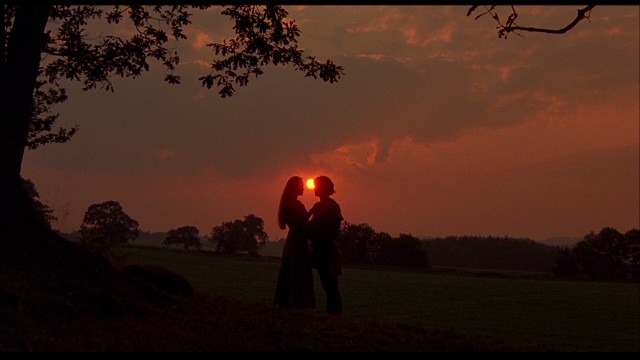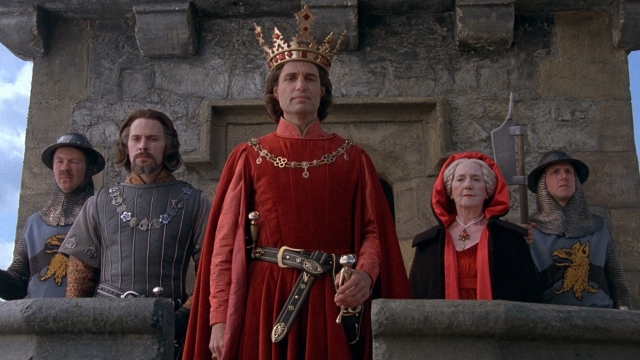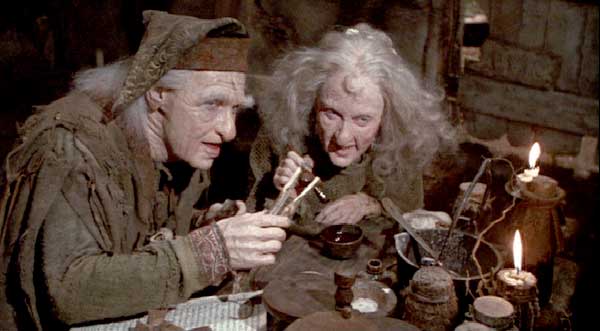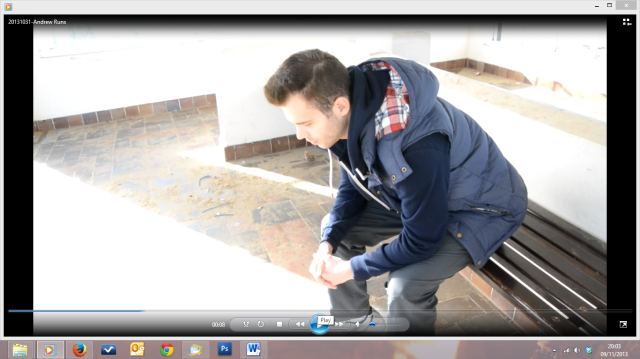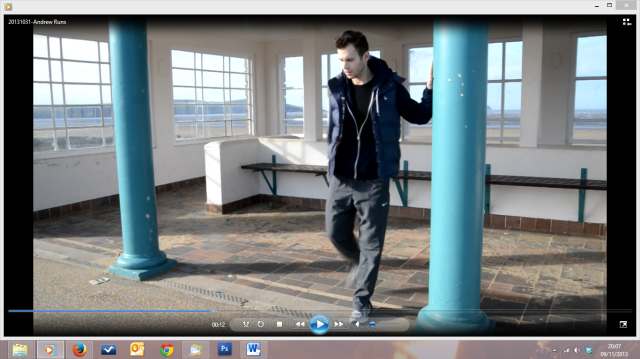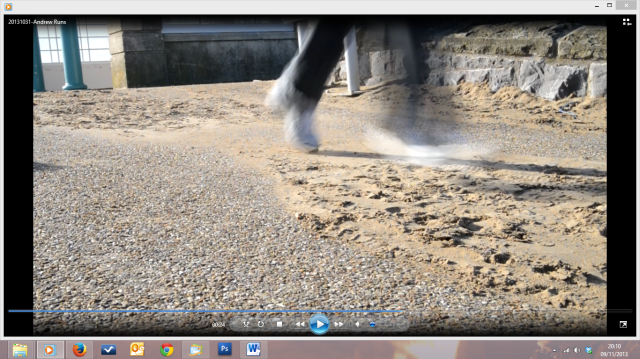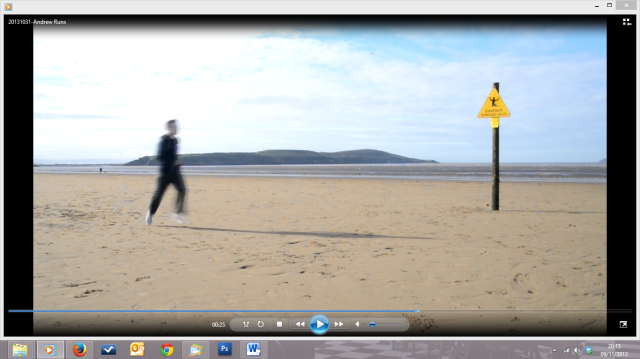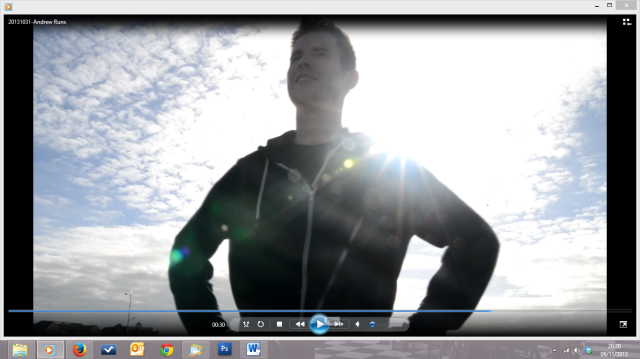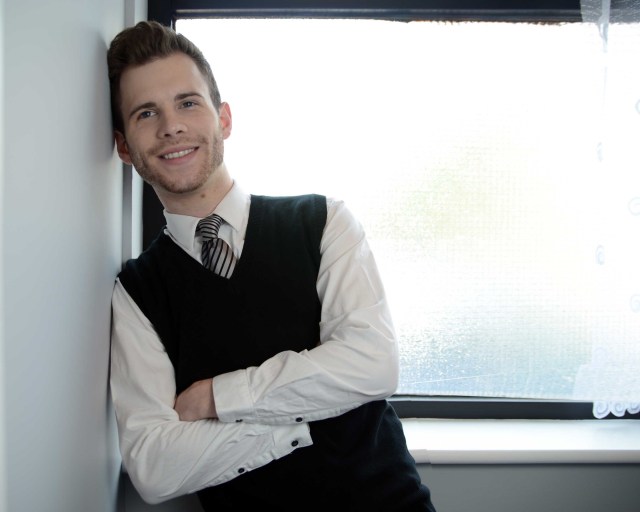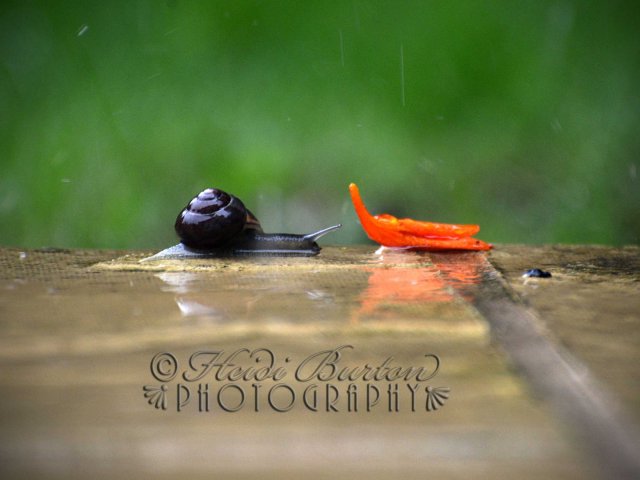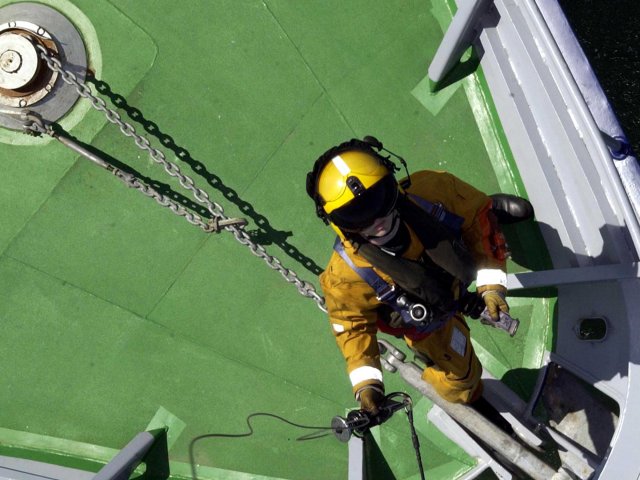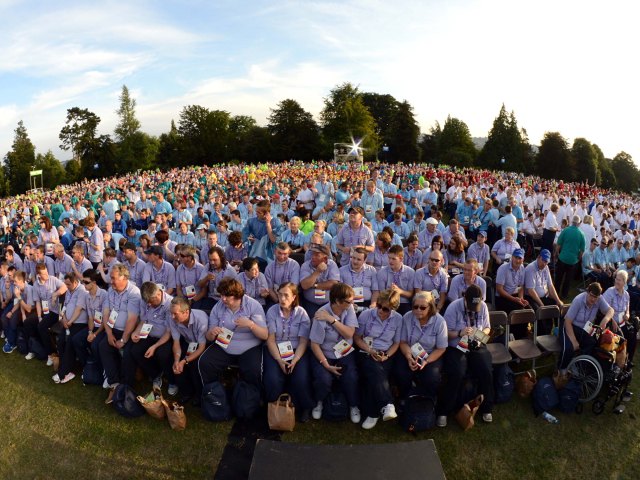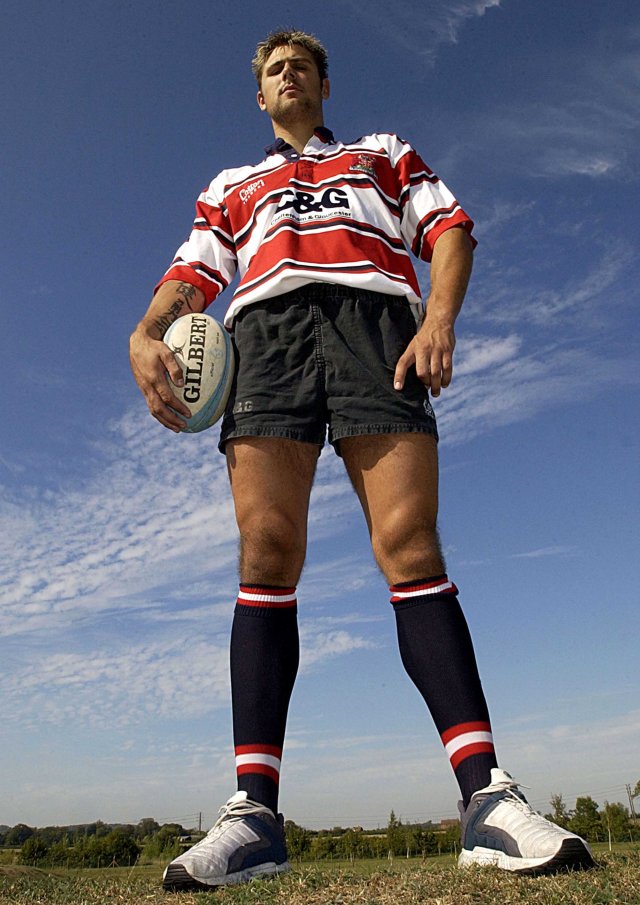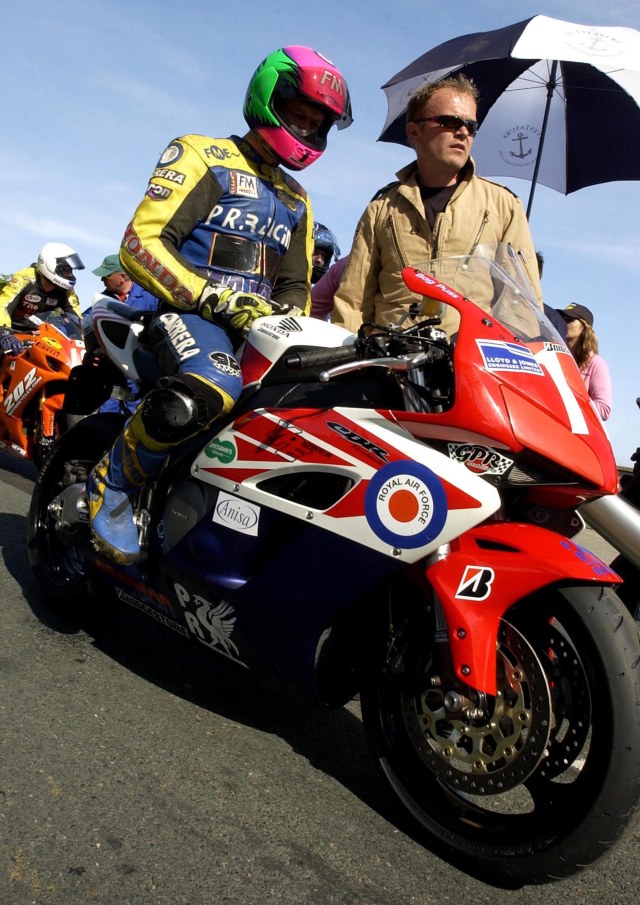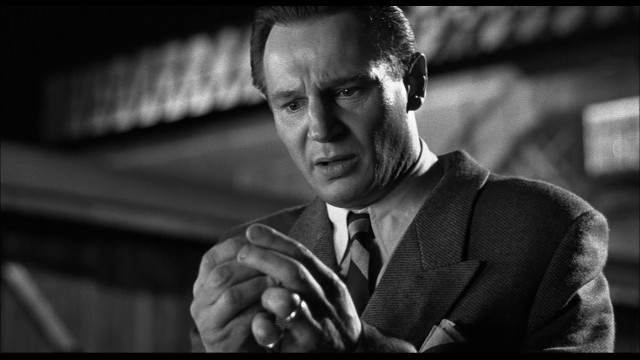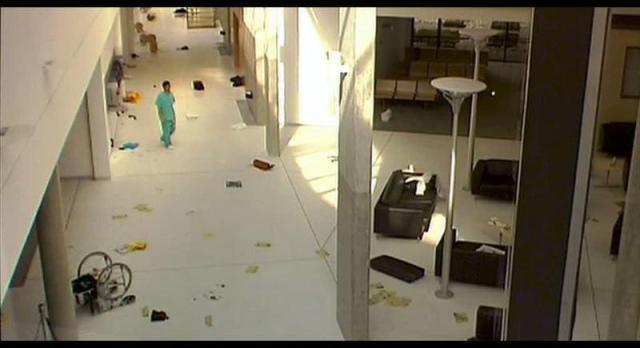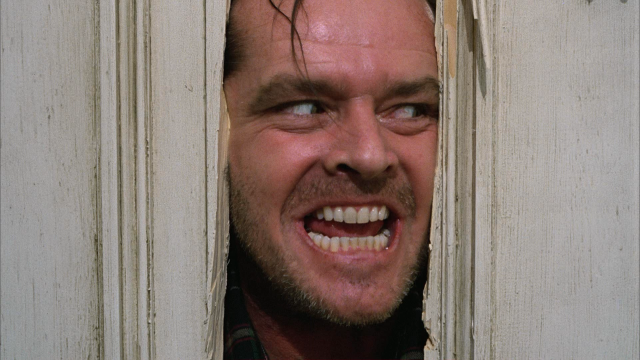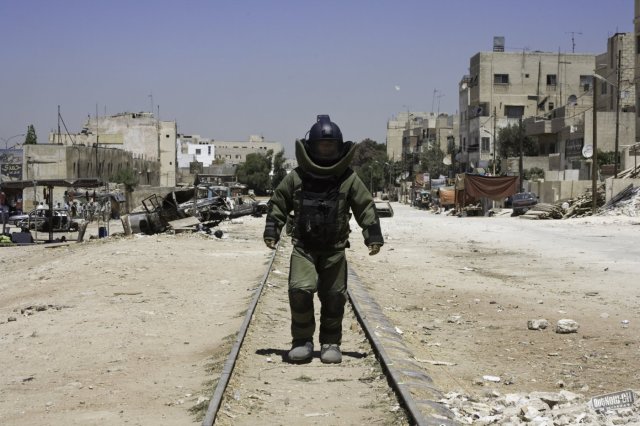Having heard about this film, directed by Alfonso Cuaron, and starring Sandra Bullock and George Clooney, I wanted to catch it in the cinema in full big screen 3D glory, but it was not to be, so I had to wait until we could get the blu-ray and finally found out what all the fuss was about.
The film is about a scientist on her first space mission, who, after an incident with some space debris which destroys the shuttle, finds herself alone, floating in space, with no communications with Houston.
The opening shot of the film set the scene for the filming style of the whole film – a shot of part of the earth from space, held for a very long duration, whilst the audio of comms transmissions was overlaid. This opening shot is held for a very long time, and although this made me feel slightly uncomfortable it served a couple of purposes. Firstly the dialogue introduces the characters and gives you a bit of background on what they are doing, and also I think it hold so long on a long shot of earth from space, giving the viewer time to realise the enormity of space, and the beauty of earth The camera eventually reveals astronaut Matt Kowalsky and his colleague, scientist Ryan Stone, working on the outside of the Hubble Telescope, during a routine spacewalk with another crew member. The long shots and gentle, floating recomposition of the shots in camera, as the camera moves around the actors, rather than through cutting and changing camera position helps to bring the viewer into the action, and make them feel as though they are actually up there in space, as another crew member. This is also heightened by the almost constant camera movement as it floats around, moving in a similar way to the actors on screen in their micro-gravity environment.
The opening shot actually continues on this way for the first 15 minutes or so of the film, from the gentle floating through to the more dramatic camera moves after the shuttle is hit by space debris caused by the Russians blowing up one of their old satellites. At this point the moves of the camera again mirror the moves of the characters, not copying their moves, but moving in a similar fashion, turning to see debris hurtling towards the camera and actors. In particular I liked the way the camera followed Stone as she spun on her own further out into the blackness of space, and then moved closer to her, in towards her helmet, and then around the side and inside her helmet becoming the view from her eyes, moving from an objective viewpoint of her in space into a point of view shot without a cut between the angles.
Stone is mourning her young daughter who she lost in a tragic accident, and down on earth finds herself just going through the motions – she gets up, goes to work and then when she leaves, just drives and keeps on driving. When she finds herself floating in space, rapidly running out of oxygen, she struggles to find reasons to fight for her life, and a couple of times during the film finds herself in a “rebirth” moment, the first after making it to the International Space Station and having had to let go of Kowalsky, to ensure that one of two of them survives. She makes it into the airlock of the ISS, and after stripping out of her space suit, curls up in a foetal position in the womb-like interior of the airlock – I did find this a little too obvious and contrived (there’s even a hose floating around looking a bit like an umbilical cord!) but at least the symbolism was nice and obvious. After finding her way to Soyez she finds a renewed vigour for life, and the camera moves as she passes through the ISS are superb, floating and following her again like another member of the crew floating alongside her, at time slightly disorientating, but utterly fascinating. Watching it in 3D on blu-ray as I was, I was totally absorbed by it all. This realism went a long way to making me feel for Stone, I was actually on the edge of my seat at points, willing her to survive.
Stone has another moment where she tries to give in to death, when she realises that Soyez doesn’t have the fuel she needs to get her to the Chinese space station, and her best hope of a return to earth. After a conversation with an inuit (totally unrelated to the space program and on comms due to crossed wires) she asks him to sing her a lullaby and switches off the lights, turns off the oxygen and hopes to fall asleep never to wake up. But then Kowalsky visits her hallucinating dreams and brings her back to reality awakening a long forgotten memory from her training, which would give her the means to reach the Chinese vessel.
The film ends with another rebirth moment after Stone ditches into the lake, as she’s struggling to get out of her space suit which is holding her underwater a frog swims past with ease, and Stone follows him shortly after, rising up to the surface to take her first proper breaths of air back down on earth. She then makes it to the shore and after rediscovering that she is now subject once more to full gravity on earth, she rises and takes her first, unsteady steps on the soil of earth, feeling a new joy for life.
It’s been a while since I felt so involved in a film that I would feel on edge for the main characters and this film did it for me, the CGI on it is phenomenal, and having watched the “making of” special features, it’s easy to see that it’s a ground-breaking film, having even used car manufacturing robots for some of the cameras! The direction of the shots really makes the film though, the long involving shots, holding with the characters for almost too long, and it totally brings the viewer in, so absorbing. The audio plays a massive part too, silence is used very effectively – cutting out when the comms are cut with Houston, or when Kowalsky opens the hatch into Soyez. It makes the viewer feel uncomfortable, something is not right, and it goes towards building the drama. The attention to detail, in particular with the lighting is fantastic, and the lighting brings an amazing depth to the film.
This is one film that I will be watching again, and enjoying a second time, it’s beautifully filmed, and created, the lighting is stunning and the CGI amazing.













